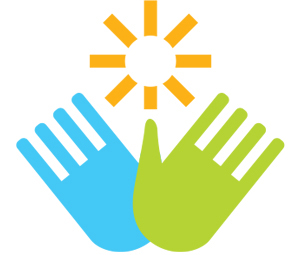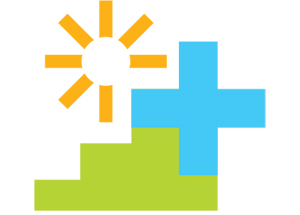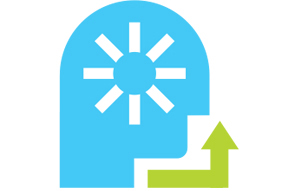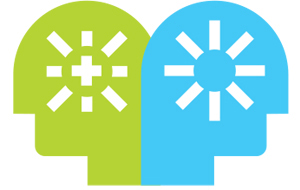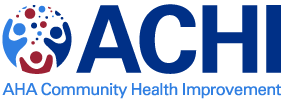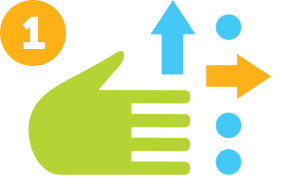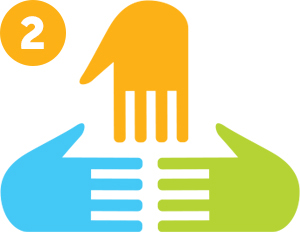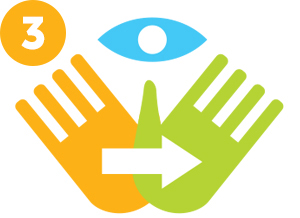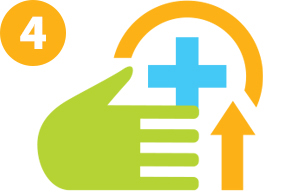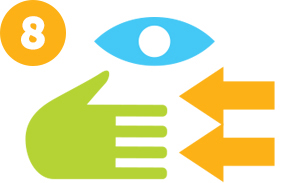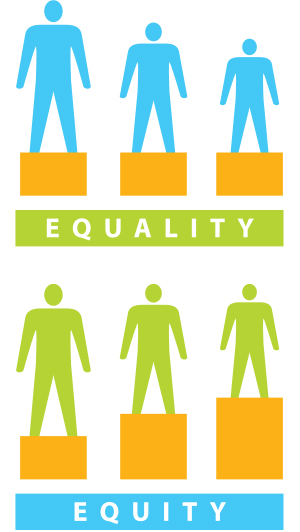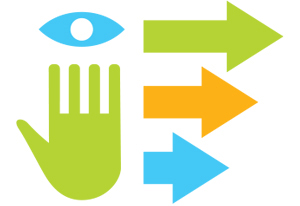Community Health Assessment and Community Health Improvement Planning
The Community Health Assessment (CHA) and Community Health Improvement Planning (CHIP) process is foundational to public health practice. It provides a framework to inform an ongoing systematic, community-driven process for identifying health needs and issues in a community or population to spur community change.
Community Health Assessment – also known as community health needs assessment, this refers to a state, tribal, local, or territorial health assessment that identifies key health needs and issues through systematic, comprehensive data collection and analysis. Learn more
Community Health Improvement Plan – a long-term effort to address public health problems based on the results of community health assessment activities and the community health improvement process. Learn more
Why Complete a Community Health Assessment and Health Improvement Plan
Communities gain comprehensive information and data about their status, needs, and issues. This, in turn, helps leaders develop a plan that best meets community needs. Key drivers of this process include IRS requirements, grant funding, or state requirements.
Benefits include:
Strengthened public health practice informed by evidence-based decision making. Learn more
CHA and CHIP Models and Frameworks
Various models, frameworks, and tools are available to inform the community health assessment and community health improvement process. Leverage these resources and adapt as needed to meet the needs of the community or population being assessed.
South Dakota Prevention Framework, South Dakota Department of Health. This framework outlines a process to create common language and inform prevention programming along a continuum of Good Better, and Best. Access resources to inform efforts across South Dakota.
ACHI Community Health Assessment Toolkit, American Hospital Association. This toolkit outlines a nine-step guide, grounded in health equity, for hospitals and health systems to collaborate with communities and partners to conduct a CHNA and CHIP.
Mobilizing for Action through Planning Partnerships (MAPP), National Association of County and City Health Officials (NACCHO). MAPP is a community-driven strategic planning process to achieve health equity. Access step-by-step guidance and tools to complete the MAPP process. Supplemental resources are available to explore healthy aging and Healthy People 2030 through the MAPP process.
State Health Improvement Planning Guidance and Resources, Association of State and Territorial Health Officials (ASTHO). Access resources and tools to support assessment community needs and assets. ASTHO supports state and territorial health agencies to continuously improve the performance of health agencies.
Community Tool Box: Assessing Community Needs and Resources, University of Kansas. This toolkit provides guidance for conducting assessment of community needs and resources. Explore the website for additional toolkits that focus on community-building skills.
CHA/CHIP Steps
Below are some common elements in the process. Refer to available toolkits and resources for additional information to guide the CHA and CHIP processes.
Foundational Concepts
Advancing health equity and ensuring community engagement are foundational to the CHA and CHIP process, including collaboration of partners and community members in the community. Learn more about how to center these key concepts.
Healthy Equity
Health equity means everyone has a fair and just opportunity to be healthier (Centers for Disease Control and Prevention).
Health Equity & Cultural Competency, South Dakota Department of Health. Access information and resources focused on health equity and cultural competency.
A Practitioner’s Guide for Advancing Health Equity, Center for Disease Control and Prevention. This guide is available to assist practitioners with addressing the well-documented disparities in chronic disease health outcomes.
Community Engagement
Community engagement is defined as “the process of working collaboratively with and through groups of people affiliated by geographic proximity, special interest, or similar situations to address issues affecting the well-being of those people” (Centers for Disease Control and Prevention,1997). The following resources can be leveraged to support community engagement efforts.
Engage the Community, Centers for Disease Control and Prevention. Access various tools and resources to help to engage a community, including vulnerable/underserved populations and diverse community stakeholders.
Community Engagement Assessment Tool, Nexus Community Partners. This tool helps organizations improve their community engagement efforts by assessing their activities on a scale from outreach to engagement. Use this tool to assess community outreach and community engagement efforts, as well as opportunities to improve engagement activities.
Principles of Community Engagement, Agency for Toxic Substance and Disease Registry.
Collective Impact
Collective impact is a model that can be used to organize the CHA/CHIP process and ensure collaboration of diverse partners and community members. It’s a network of community members, organizations, and institutions who advance equity by learning together, aligning, and integrating their actions to achieve population and systems level change (The Collective Impact Forum). Learn more.
Stories from the Field
Explore the wide-ranging efforts taking placef in communities and populations of interest across South Dakota. These efforts may provide an opportunity to collaborate, share data, and reach populations of interest.
State-specific CHA and CHIP Toolkits and Resources
State-specific CHA and CHIP toolkits and resources outline additional information and data to inform the process.
South Dakota Resources
Resources specific to South Dakota are available to help inform the CHA and CHIP process.
Evidence-based Decision Making Use these resources to help gather and interpret evidence during the CHA and apply what is learned from evidence to inform the CHIP
Funding Opportunities Explore funding opportunities to support implementation of the CHIP
Success Stories Explore stories across South Dakota to understand what works and to help with outreach, planning, and strategies
Model Policies Explore the evidence-based Model Policies to help inform development and implementation of the CHIP
Key Data Explore key data to help identify the needs of the community
Trainings
Access free training offered through a variety of public health entities and educational platforms to learn more about the CHA and CHIP process.
- Evidence-Based Decision Making Trainings, South Dakota Department of Health. A variety of training focused on topics integral to the CHA and CHIP process. These courses are accessible online via www.train.org (Register for a free account to get started).
- Community Health Improvement, Community Tool Box. This course supports CHNA and CHIP work. These courses are accessible online via www.train.org (Register for a free account to get started).
- Community Assessment, Northwest Center for Public Health Practice. This 45-minute module is part of the Evidence-Based Public Health Training series, where participants will learn about components of a CHA.
- Six Steps to Performing a Community Health Assessment, Mid-Atlantic Regional Public Health Training Center. This four-part training documents the steps to performing a Community Health Assessment. Register for a free account to get started.

